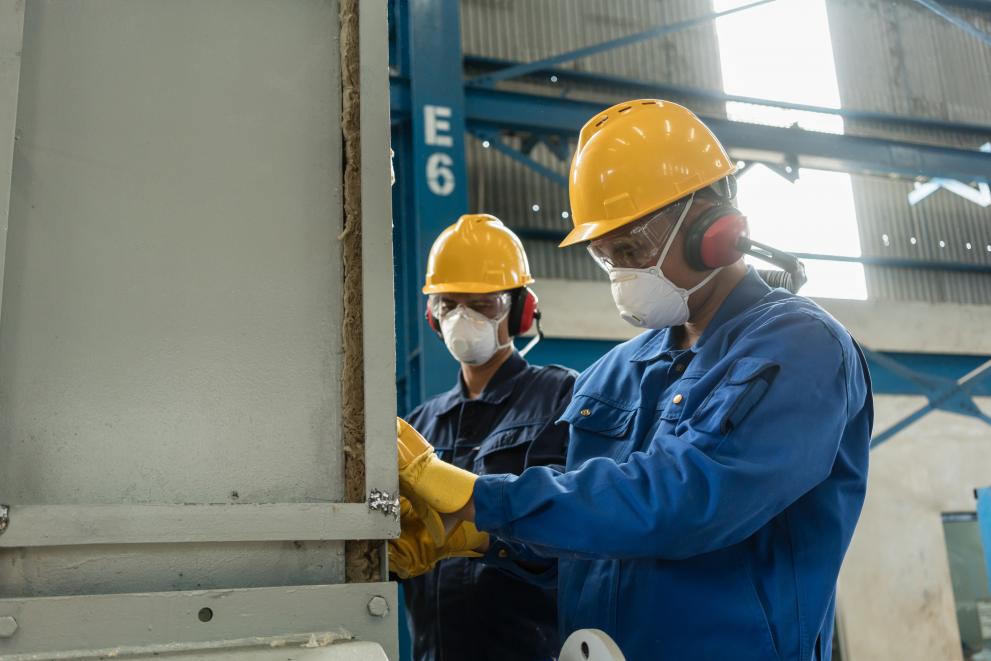EU Space monitors and helps fight against the consequences of the pandemic

Pictures © Adobe Stock
Data from EU satellites available for over 20 years offer a comprehensive, efficient and cost-effective way to quantify the industrial and environmental impacts of Coronavirus.
Copernicus:
- Helps decision-makers assess the impact on traffic at borders between EU Member States as the Coronavirus pandemic causes serious disruptions in the flow of goods and medical equipment.
- Mitigates disruptions in the EU Common Agricultural activity by making available satellite data and cloud-based processing solutions, while speeding up the satellite-based area monitoring process for payments related to the Common Agriculture Policy.
- Maps temporary health facilities as well as public gathering spaces to get a clear understanding of activities during the Coronavirus emergency.
Galileo
- Provides precise geolocation servicesto map contagion areas
- Monitors in real-time the circulation of goods between the EU Member States and facilitates freight traffic at borders allowing border authorities to visualise the overall border situation.
- Develops a dedicated app “Galileo for outbreak monitoring and post-emergency management”, which will monitor the spread of the virus. It will create interference between local authorities and citizens showing high-risk infection points, statistics on infection risks based on symptoms, level of quarantine enforcement as well as an assessment of infection risk and dynamic updates.
EU Space data and services offer solutions for an economic reboot post COVID-19

The EU Space programme acts as a formidable multiplier for European investments, creating sustainable growth in future-oriented sectors.
- Every single euro invested in Copernicus results in 10 euros of socio-economic benefits for Europe, while 10% of the EU GDP is enabled by satellite navigation.
- The authentication and the synchronisation of EU critical infrastructures based on Galileo timing service are key differentiators for the EU economy.
- Investments in New Copernicus Sentinel missions will further stimulate downstream development of value-adding applications and services boosting the development of a European high-tech ecosystem.
- Provides a robust time reference for EU critical infrastructures such as energy grids and financial transactions that rely on Galileo for its effectiveness against cyber-attacks.
- Delivers daily accurate data from both Copernicus and Galileo to the scientific community and public authorities to better understand the consequences of the crisis, mitigate its potential impacts and anticipate new models for the recovery.
EU Space supports EU digital and green transitions

Pictures © Adobe Stock
The EU Space programme provides critical infrastructure for the digital transformation, supporting the implementation of the Digital Agenda in Europe.
- Galileo 20 cm high accuracy is a game changer for autonomous driving and commercial drones.
- Copernicus 16 TB data per day is used to train Artificial Intelligence algorithms and enable big data analytics in many areas of application.
Some examples of areas of applications of the EU Space Programme
- Precision agriculture and integrated farming: helps farmers increase yields by more than 10% and save up to 20% on fertilizer, fuel, and pesticides. EGNOS increases the precision and reliability of GNSS and is a key enabler of autonomous tractors and robots in agriculture[. In times of the coronavirus the EU Space programme will help farmers to quickly assess the impact caused due to the lockdown and plan a swift reaction to recover
- Response to Natural and man-made disasters: Copernicus provides information and rapid mapping of the affected areas for emergency response to natural and man-made disasters, humanitarian disasters as well as prevention, preparedness, response and recovery activities. In Italy in order to provide the Civil Protection with evidence to support the decision-making process in relation to the coronavirus emergency, Copernicus was asked by the Italian Civil Protection Department to map health facilities and public spaces
